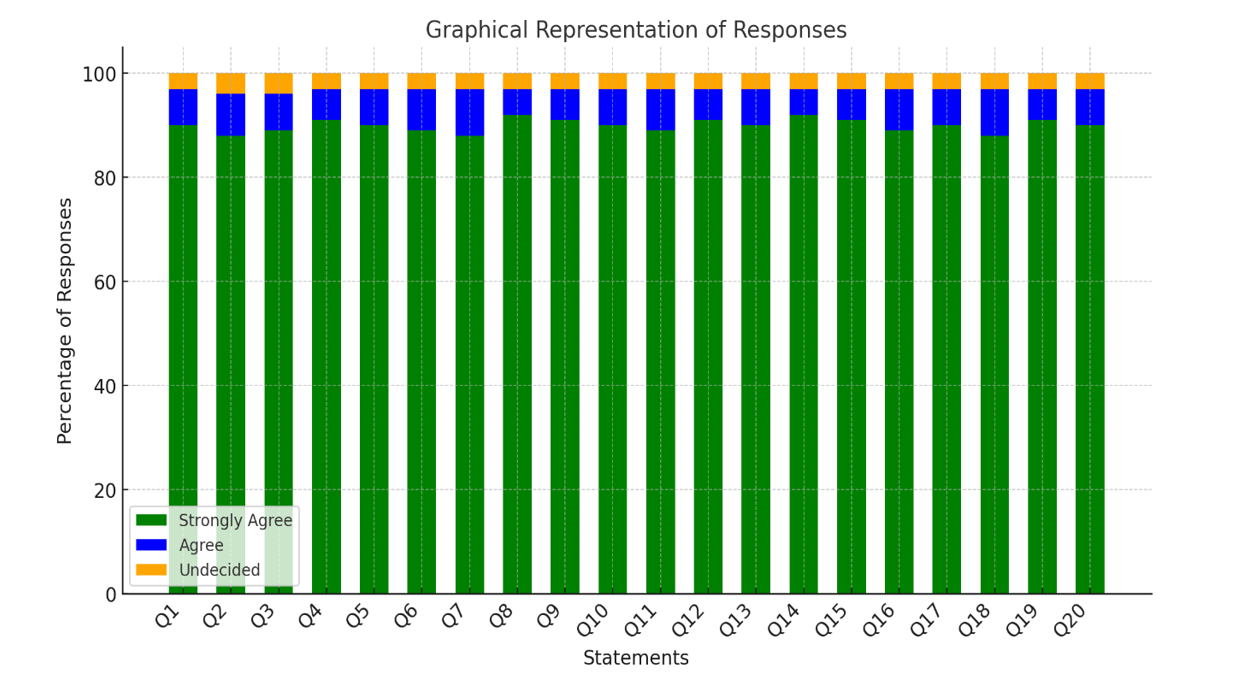Khel Ratna Awardee & Olympian Shri Harmanpreet Singh: Redefining Excellence In Indian Hockey
Rani U1†, Singh S2*†
DOI:https://doi.org/10.55968/ijems.v14i02.518
1† Usha Rani, Dean Faculty of Education, Chairperson Department of Physical Education, Kurukshetra University, Kurukshetra, Haryana, India.
2*† Simranjeet Singh, Phd Scholar, Department of Physical Education, Kurukshetra University, Kurukshetra, Haryana, India.
Harmanpreet Singh, a celebrated Khel Ratna Awardee and Olympian, has significantly shaped the modern era of Indian hockey. Rising from humble beginnings, he has demonstrated exceptional skill, leadership, and commitment to the game, earning recognition on both national and international platforms. This research explores his journey, emphasizing his technical expertise, tactical intelligence, and the influence he has had on aspiring players. His contributions to Indian hockey, including his pivotal role in major tournaments and his ability to lead by example, have played a crucial part in the sport’s resurgence. Through an in-depth analysis of his career and achievements, this study sheds light on the evolving dynamics of Indian hockey and how individual excellence contributes to the sport’s overall growth. The data for this study was gathered from both primary and secondary sources, including personal records, pictorial archives, newspapers, official documents, and other relevant references. The research focused on thirty distinguished contemporaries, utilizing a survey method to collect insights and opinions through an opinion rating questionnaire. This questionnaire, specifically designed to analyze the contributions of Shri Harmanpreet Singh, was developed with guidance from the researcher’s supervisor and subject matter experts. Twenty key aspects were identified to evaluate his role in Indian hockey. The collected responses were analyzed using percentage-based evaluation. The findings indicate that Harmanpreet Singh has played a significant role in advancing hockey, positively influencing its growth both at the grassroots and national levels across India.
Keywords: Promotion, Primary, Secondary, Opinion Rating, Questionnaire
| Corresponding Author | How to Cite this Article | To Browse |
|---|---|---|
| , Phd Scholar, Department of Physical Education, Kurukshetra University, Kurukshetra, Haryana, India. Email: |
Rani U, Singh S. Khel Ratna Awardee & Olympian Shri Harmanpreet Singh: Redefining Excellence In Indian Hockey. ijems. 2025;14(02):52-56. Available From https://ijems.net/index.php/ijem/article/view/518/ |


 ©
© 